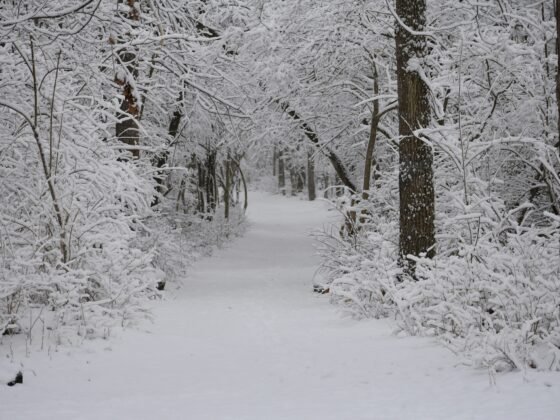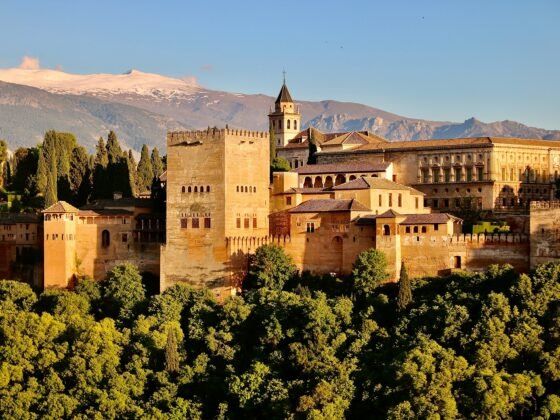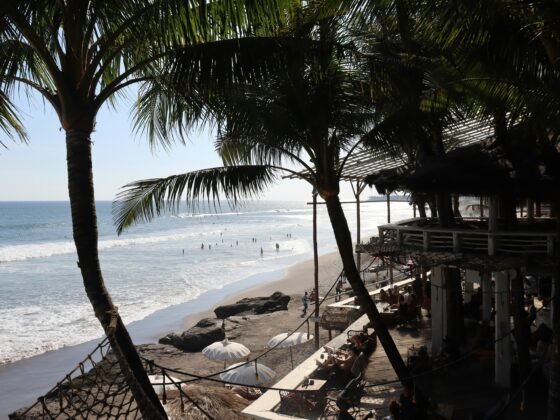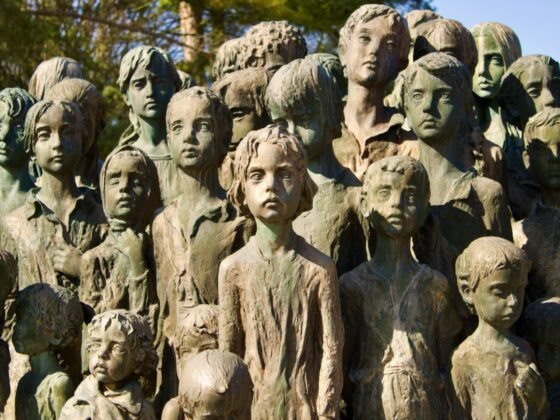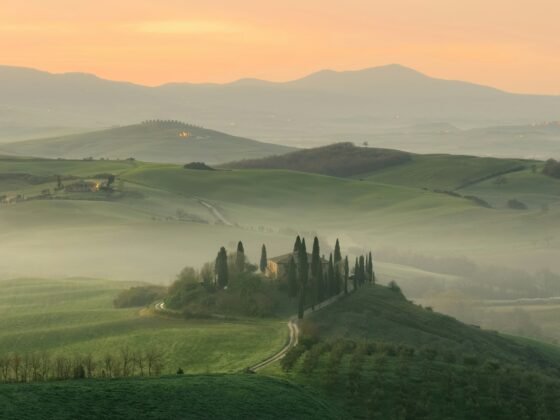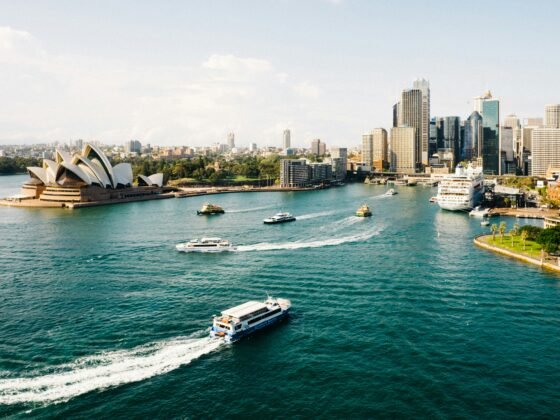Costa Dorada more than earns its moniker ‘The Golden Coast’, thanks to the 225 km (140 miles) of pristine golden sandy beaches that front onto crystal clear Mediterranean waters.
Also spelt as Dourada, this ‘costa’ (coast) runs from the south of the cosmopolitan city of Barcelona right down to the River Ebro in the south. This is the very heart of Catalonia and travellers can expect charming villages, fabulous beaches, lush pine forests and established resorts for all tastes and budgets.
Get cultural in Sitges
Nestled in the Garraf Mountains, Sitges is the cultural hub of Costa Dorada with a packed annual calendar of lively festivals and events. From the Sitges International Film Festival (October), Santa Tecla Festival (15-23 September), Jazz Festival (July & August), Gay Pride (June), Sitges Carnival (8 February 2014) and the Theatre Festival, there’s always something going on! Throw in a whole heap of smaller local festivals and events and you’ll never be bored.
Sitges goes against the grain when it comes to architecture too; there are no high rise buildings here. Instead you’ll find plenty of fabulously opulent 19th century merchant’s houses (many of which are now hotels) which date back to the days when Sitges was an influential trade city.
There are also no less than 17 beaches along the Sitges coastline, some which cater really well for families with plenty of facilities, through to smaller hidden beaches and those designated naturist only too.
Get into the heart of the action in Salou
The lively resort of Salou has long welcomed families, drawn to the blue flag beaches, superb tourist facilities and desirable Mediterranean climate. And of course there’s the popular waterpark Port Aventura with its rollercoasters and water rides, and is in fact home to Shambhala – the fastest and tallest roller-coaster within Europe! Plan for a whole day here, especially if you have kids!
There are also pockets of historical sights especially as you consider that the city was used as a port by the Romans and Greeks. Historical sights include the Torre Vella, which acted a defence fort and the pretty Santa Maria Del Mar Church which was built in 1766. There are also watersports, arcades, karting, zip lines and paintball on offer. Blue flag beaches include the Llevant and the Capellans.
Sample the seafood of Cambrils
The small town of Cambrils is built around a traditional fishing village and has a beautiful marina, laden with the yachts of millionaires. There is a superb 9km stretch of golden sand, with the popular Cavet, Prat d´en Forés and Vilafortuny i Esquirol beaches all holding current blue flag status. This is also the place to come for fresh and delicious seafood, at its abundance of restaurants.
Get back to nature in Cap Salou
This smaller and quieter resort is located on the Cap Salou peninsular and sets itself apart with lush forests replete with walking trails and picturesque coves amidst beautiful beaches. Activities and nightlife are more low key than Salou, which is more geared up for outdoor activities such as hiking, fishing and swimming.
Explore the history of Tarragona
If Sitges is the cultural capital of the Costa Dorada, then Tarragona is definitely the historical center. The pre-Roman city is bursting with a carefully preserved Roman Colosseum, exquisite churches spanning several centuries and lively plazas. Additionally Tárraco (modern-day Tarragona) is listed as a UNESCO World heritage Site, thanks to its roman remains and artefacts. Must see sights include the interesting Museum of Archaeology, the 2nd century Roman amphitheatre which is located beside the Med and the beautiful gothic Catedral Basilica de Tarragona.
The best beaches are to the north of the city (avoid the large port area) and La Móra, Savinosa, Tamarit and Arrabassada all hold Blue Flag status.
Discover the birdlife of the Ebro Delta
Head to the very south of the Costa Dorada region to explore the beautiful landscape of the Ebro River Delya. The region lends itself to a large area of wetland which is home to a large variety of birdlife such as flamingos. Bring your binoculars and walking shows. And did you know that the Ebro delta is the biggest rice growing area in Europe? It’s also punctuated by fruit trees, almonds trees and olive groves.
Sample fine wines in Reus
The picturesque Catalunyan town of Reus is most famous for its production of brandy and fine wines. The quaint backstreets conceal outdoor cafes and terraces where you can enjoy a coffee (or something stronger) and watch the world go by. And did you know that Reus is actually the birthplace of famous Spanish modernist architect Antoni Gaudi, although Reus contains none of his works! You will spot modernist architecture from Lluís Domènech i Montaner’s instead. There are 4 notable buildings from the architect in Reus including the 1900 Casa Rull, the exquisite Casa Navàs, Casa Gasull and his final structure in Reus, the psychiatric hospital Institut Pere Mata constructed in 1912.





